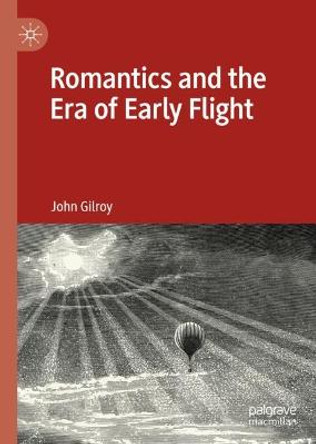Description
For many, the term "neoclassicism" has come to imply discipline, order, restraint, and a certain myopia. Leaving the term behind, this book radically challenges enduring assumptions about the art produced from the late 18th century to the early Victorian period, casting new light on appropriations of the classical body by British artists. It is the first to foreground the intersections of gender, race, and class in discussions of British visual classicism, laying bare artists' alternately politicizing and emphatically sensual engagements with Greco-Roman art. Rather than rely exclusively on subsequent scholarship, the book takes up the poet John Keats (1795-1821) as a theoretical framework. Eschewing the "Golden Age" narrative, which sees J. M. W. Turner (1775-1851) as the pinnacle of the period's artistic achievement, the book examines overlooked artists, such as Henry Howard (1769-1847) and John Graham Lough (1798-1876). The result is a fresh account of underappreciated works of British painting and sculpture.
Distributed for the Paul Mellon Centre for Studies in British Art
About the Author
Cora Gilroy-Ware is a scholar, artist, and curator currently working with Isaac Julien CBE RA.
Reviews
"Cora Gilroy-Ware mounts a refreshing, combative argument for the radical links of white marble statuary."-Marina Warner, Times Literary Supplement 'Books of the Year'
Book Information
ISBN 9781913107062
Author Cora Gilroy-Ware
Format Hardback
Page Count 320
Imprint Paul Mellon Centre for Studies in British Art
Publisher Paul Mellon Centre for Studies in British Art







